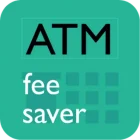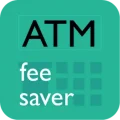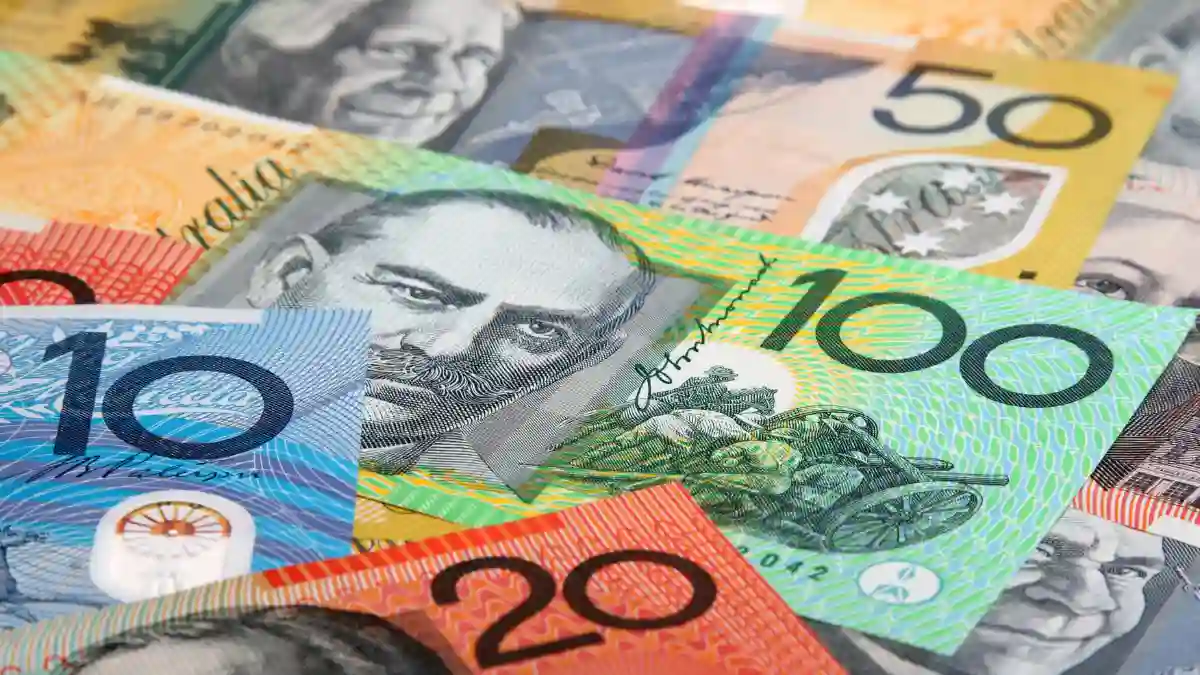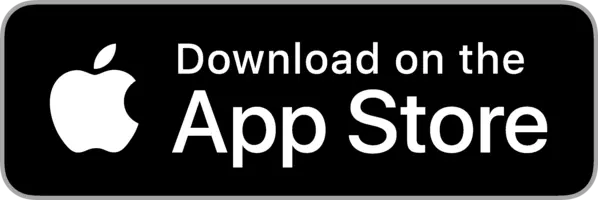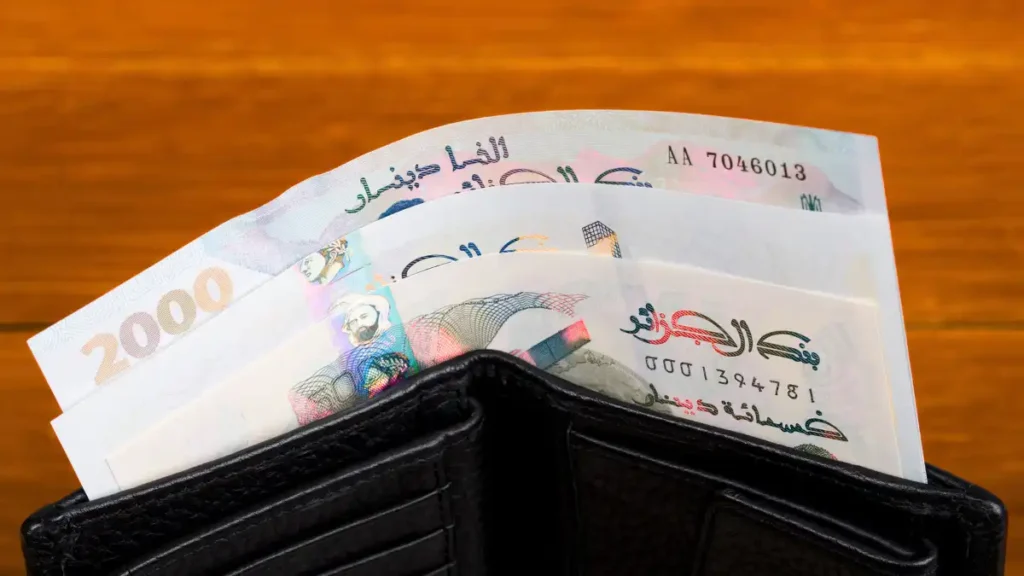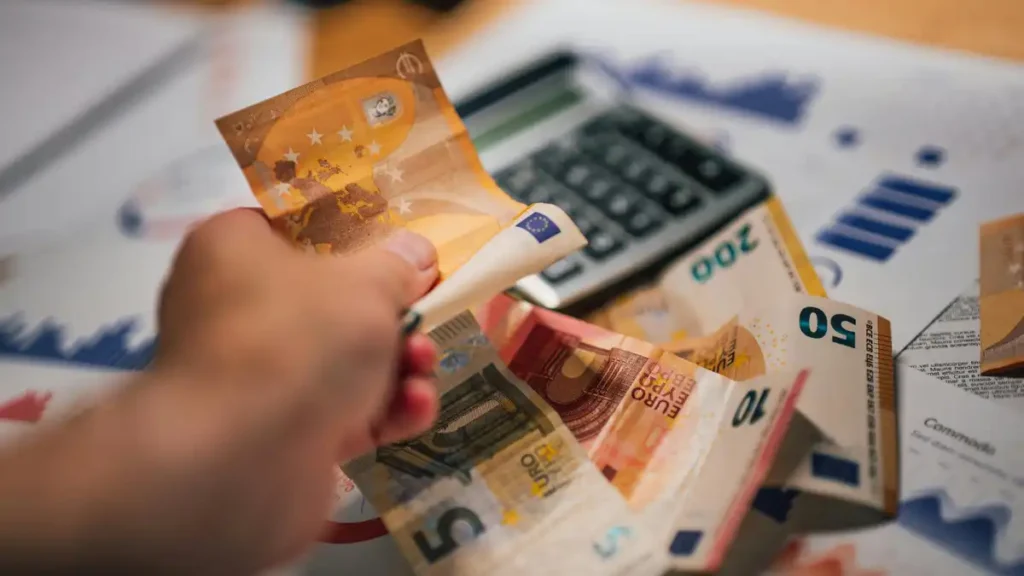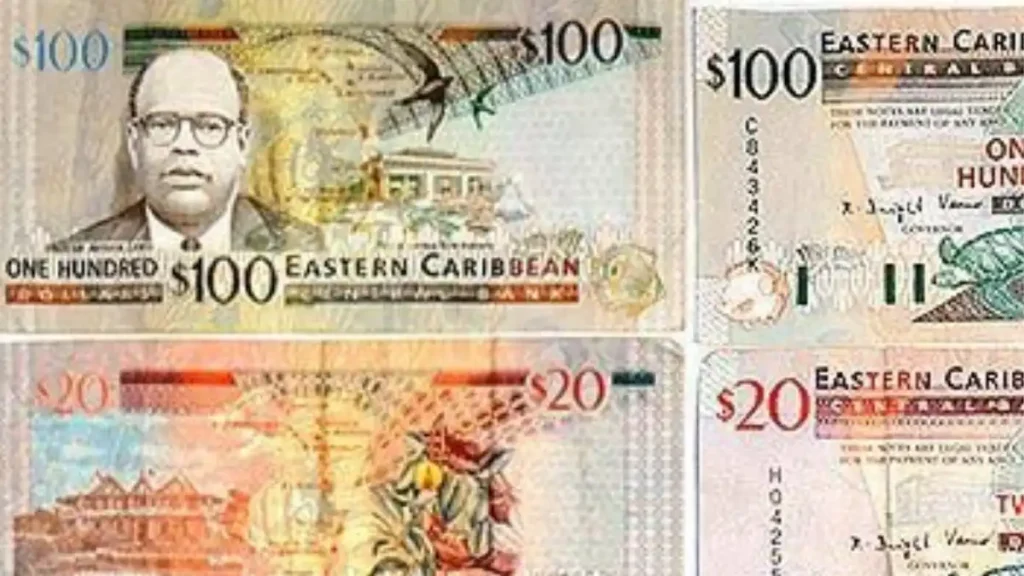Kiribati’s remote beauty, traditional culture, and tranquil islands offer a unique travel experience – but managing money in Kiribati and knowing how currency works is essential due to limited financial infrastructure. Whether you’re staying in South Tarawa, visiting outer islands, or paying for local services, it’s important to plan ahead. This guide covers what currency to bring, how to get money and currency in Kiribati (Australian Dollar – AUD), cash safety tips, and key dos and don’ts. With these insights, you’ll avoid surprises and enjoy a smoother journey in this off-the-grid paradise.
How to pay in Kiribati – cash or card?
In Kiribati, cash remains the most accepted form of payments for everyday transactions due to the imited banking infrastructure and lower digital adoption. While card acceptance exists in some of the more developed, tourist-oriented parts of urban areas, it’s not something to rely on, especially on outer islands. The Australian dollar (AUD) is the official currency.
You can use cash for:
- Public Transportation: Buses, minibuses, and boat rides are cash-only.
- Street Vendors and Markets: All market stalls and roadside sellers take only cash.
- Small Businesses: Shops, cafés, and eateries across the islands generally require cash.
- Hostels and Guesthouses: Most budget and mid-range accommodations only accept cash.
- Tips and Gratuities: Cash tips are appreciated for guides, drivers, and service staff.
- Outer Islands: Cash is the only payment method outside South Tarawa.
You can use card for:
- Hotels: A few larger hotels in South Tarawa accept cards, but confirm in advance.
- Government Offices and Larger Businesses: Some may accept cards, but this is rare.
- Online Bookings: International flights and select hotels can be booked by card before arrival.
What’s the best currency to take to Kiribati?
The official currency of Kiribati is the Australian Dollar (AUD), and it’s the best currency to bring for your trip. AUD is used for all transactions, and other currencies aren’t accepted – even at tourist-facing businesses.
You won’t find ATMs in most parts of Kiribati, and credit card acceptance is limited, especially outside of South Tarawa. That means cash is essential, and you should bring enough AUD to cover your entire trip.
Avoid bringing USD, Euros, or Pounds – you won’t be able to use or easily exchange them.
Where to get currency in Kiribati?
There are 3 main ways to get cash in Kiribati. They are:
- ATMs, or
- Banks for currency exchange, or
- Money transfer & local pick-up
Types of cards to swipe in Kiribati
Establishments with POS machines readily accept Visa and Mastercards for swiping. You might also find some places that accept Amex and other cards, albeit less frequently.
Types of cards at ATMs in Kiribati
If you’re withdrawing money in Kiribati from an ATM, the ATM in Kiribati commonly accepts Visa, Mastercard, Plus, Cirrus, CUP cards. Don’t rely on using other types of cards such as JCB, Maestro, American Express, Diners, Discover and Rupay cards.
Should I exchange money before travelling to Kiribati?
It’s strongly recommended to bring a sufficient amount of Australian Dollars (AUD) before traveling to Kiribati, as AUD is the primary currency used, and access to ATMs is very limited, especially on outer islands.
There are a few ATMs in South Tarawa, but they may not always be operational or compatible with international cards. Visa and Mastercard may work at some locations, but Cirrus, Plus, and Maestro support is inconsistent – so check with your bank beforehand.
Currency exchange services are limited. If needed, exchange foreign cash at ANZ Bank branches in South Tarawa. USD and NZD may be accepted for exchange, but AUD is preferred and most practical.
Where to withdraw money in Kiribati
You can withdraw money in Kiribati at leading bank ATMs in the country. The best ATM for foreigners to use in Kiribati is that owned by ANZ Bank.
For a detailed guide, read Cash and ATMs in Kiribati.
Where to exchange currency in Kiribati
Common places to exchange currency in Kiribati are mainly banks.
There are no formal exchange bureaus in Kiribati. Currency exchange is handled exclusively by banks, and even then, options are very limited. It’s strongly advised to bring AUD in cash.
Bank Offering Currency Exchange is ANZ Bank Kiribati (located in Bairiki, South Tarawa). This is the only major financial institution offering currency-related services. Opening hours are typically Monday to Friday, 9:00 AM to 3:00 PM.
Tip: Bring sufficient AUD in cash before arrival. USD, EUR, and other currencies are not accepted or easily exchanged in Kiribati.
You can find good currency exchanges in Kiribati using the ATM Fee Saver app – it will guide you to the nearest currency exchange on the map. The app helps you with forex places in 160+ countries, including Kiribati. Download now from the App Store or Play Store.
Is carrying cash in Kiribati safe?
Carrying cash in Kiribati is essential, especially on outer islands, as ATMs and card-accepting businesses are extremely limited. While crime is low, the country’s minimal infrastructure means you’ll need to plan your cash needs in advance.
To handle cash safely in Kiribati:
- Bring enough cash for your entire trip, especially if visiting outer islands beyond South Tarawa.
- Store your cash in multiple secure locations – wallet, belt pouch, and luggage.
- Use a concealed money belt for added peace of mind.
- Avoid carrying all your cash with you at once while exploring.
- ATMs are limited, so withdraw in safe locations like banks or hotels in South Tarawa.
- Expect to use cash for nearly all expenses, including meals, transport, and accommodations.
Is it better to use debit or credit cards or pay by cash in Kiribati
Use a card if it is fee-free i.e. your bank does not charge any fees to swipe the card, when the merchant / POS also does not impose any extra charge to use a card, you need to use the insurance of the card, don’t want to block cash of large purchases and card’s swipe fees are lower than withdrawal fees.
Pay by cash by withdrawing cash from ATM or exchanging currency where – fees on ATM withdrawals are lesser than fees on swiping cards, you don’t want to leave any digital footprint of your expenses, it is convenient and easier to conduct transactions.
